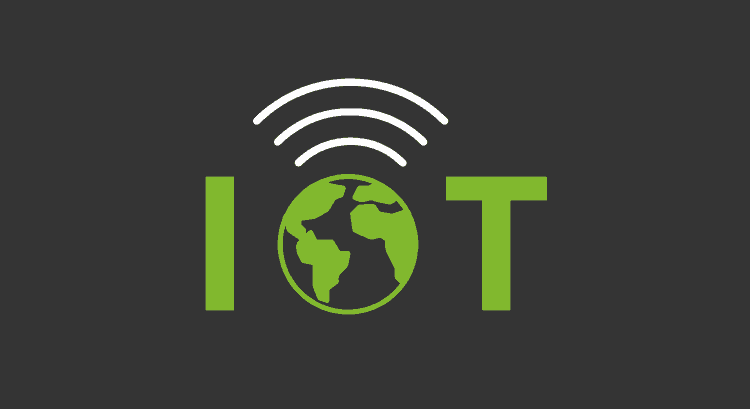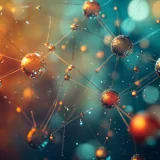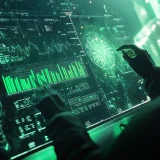IoT changing the world; Find out how it will happen
You may have heard on many occasions that this technology will change the world forever. And if you’re old enough, you’ll have seen that on some occasions, indeed, it has been like that, but on others, things have gone on as usual and that technology that was going to wipe everything out has ended up in the drawer of forgetfulness.
Today, the Internet of Things (IoT) is one of the most popular technologies. With a promising future that looks closer than other “trendy” technologies, such as robotics or nanotechnology, some people dare, once again, to launch the same statement: IoT will change the world.
In Pandora FMS blog, we think that IoT will change the world, and that it will do it in a subtle, but effective way.
Because the Internet of Things will be in the places you least expect. Do you want to imagine with us how it will do it? Let’s have a look at IoT changing the world.
Some examples of IoT changing the world
– In the health industry
When it comes to IoT changing the world, one of the main points of IoT are the sensors. Devices that will be responsible for collecting data from outside and communicating them over the Internet.
In the health sector, these sensors, placed directly on patients’ bodies (or on healthy people being monitored), will collect useful information – cardiovascular activity, glucose levels or electro dermal activity, for example – and will send it directly to health professionals and/or software responsible for analysing patient’s well-being.
This example serves as an introduction to the concept of wearables: devices that will be found on our body with multiple purposes and, of course, will also establish communications through the Internet.
– In the transport industry
In a few years, the vehicles will become a great communications device.
One of the most visible consequences will, of course, be as far as autonomous vehicles are concerned. These, equipped with all types of sensors, will communicate with each other and with different elements on the road to achieve a smoother and safer traffic.
But not only that. IoT will involve many more devices. The vehicle will be able to identify its occupants (e.g. through its mobile phone), thus anticipating their needs. In the same way, it will react to any event that affects its operation; it is true, this is already done by many vehicles today, but what they do not do is to arrange and go autonomously to an appointment in a workshop or service station if they detect a breakdown or the need to refuel more…
– Industry 4.0
It’s another trendy concept. Industry 4.0, also known as “Intelligent Industry” or “Connected Industry” will find in the IoT a kind of nervous system.
The concept of Industry 4.0 is very broad and covers so many aspects that make it impossible to go into detail in this article, but we can say that it involves constant communication between the different productive elements to expand their collaboration and multiply productivity.
We can give an example that may be true not too many years from now. Through a complex IoT network, a factory could increase or slow down its production and the pace of logistics in real time (or almost), depending on the reported demand according to the volume of sales recorded on websites and/or in physical stores. Do you think the industry is now highly automated? IoT will take automation to a new level.
– Intelligent cities and buildings
IoT appears, again, in the centre of concepts such as smart city or smart building.
Cities will be connected at more levels than we can even imagine. From intelligent infrastructures capable of communicating breakdowns or maintenance needs autonomously, to all types of sensors that will help improve traffic, reduce pollution and crime.
At the same time, buildings will become more pleasant, safe and ecological structures, thanks to the interconnection of its elements, seeking to improve the quality of life in cities.
– In our homes
It’s the first area we think about when we imagine IoT, and that’s why we left it for the end. Indeed, IoT will also enter our homes through all kinds of devices that will seek to make our lives a little more comfortable. From intelligent refrigerators that will warn you when you are going to run out of milk (for example) and make the purchase autonomously, to security systems that alert fire-fighters if they detect smoke or the police if they notice unauthorized access, through some existing devices, such as intelligent speakers that help manage different elements of the house.
These are just some of the changes when it comes to IoT changing the world. They will also be accompanied by major challenges, such as maintaining the security and privacy of citizens, issues which are already the subject of concern and debate today with current technologies and which will increase in importance in the future.
At the same time, challenges of a different nature will also arise, such as those involving the proper functioning of such a large number of devices. The growth in their number, up to an amount that will be measured in tens of billions, will increase the need to control breakdowns, batteries, service levels, etc.
In that sense, technologies such as monitoring will be essential. Monitoring systems monitor technology (hardware, networks and communications, operating systems or applications, for example) in order to analyse its operation and performance, and to detect and warn of possible errors. And this leads us to Pandora FMS.
Pandora FMS is flexible monitoring software, capable of monitoring devices, infrastructures, applications, services and business processes. It is also capable of monitoring IoT devices, of course.
The best way to know Pandora FMS IoT monitoring is to ask the team that created it, don’t you think? You can do this in a very simple way, using the contact form found at the following address: https://pandorafms.com/contact/
Our Pandora FMS team will be happy to assist you!
Pandora FMS’s editorial team is made up of a group of writers and IT professionals with one thing in common: their passion for computer system monitoring. Pandora FMS’s editorial team is made up of a group of writers and IT professionals with one thing in common: their passion for computer system monitoring.
















